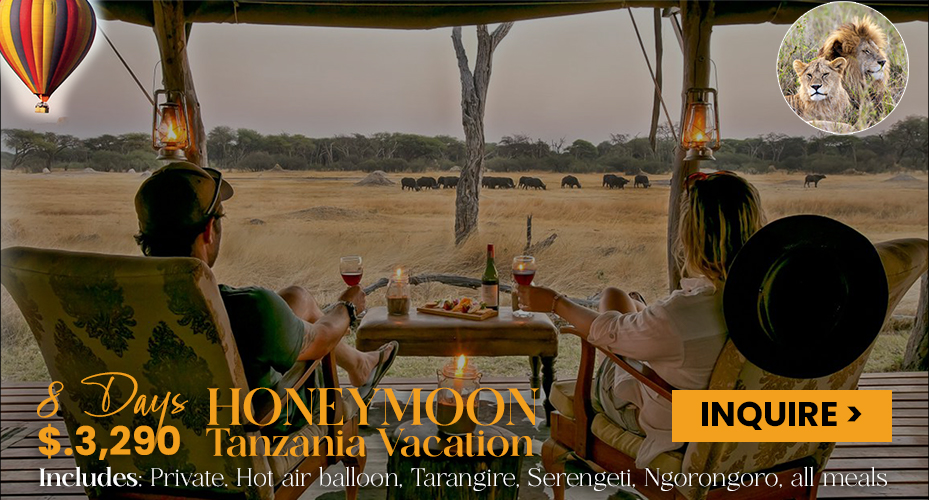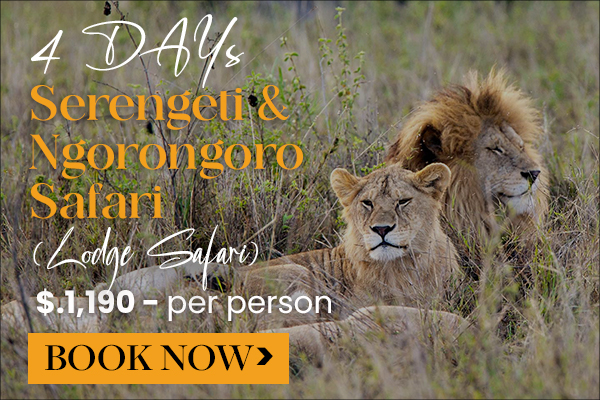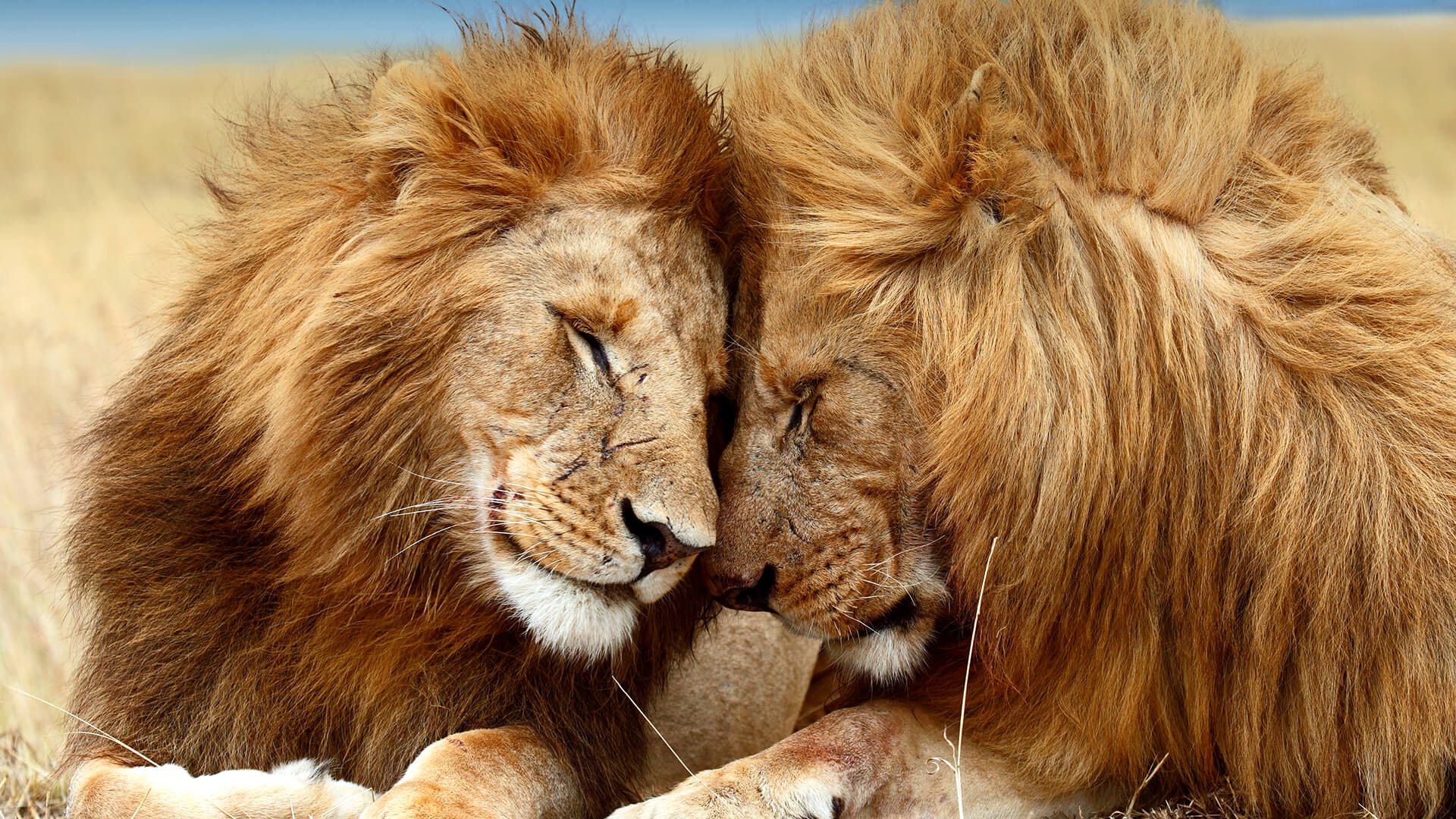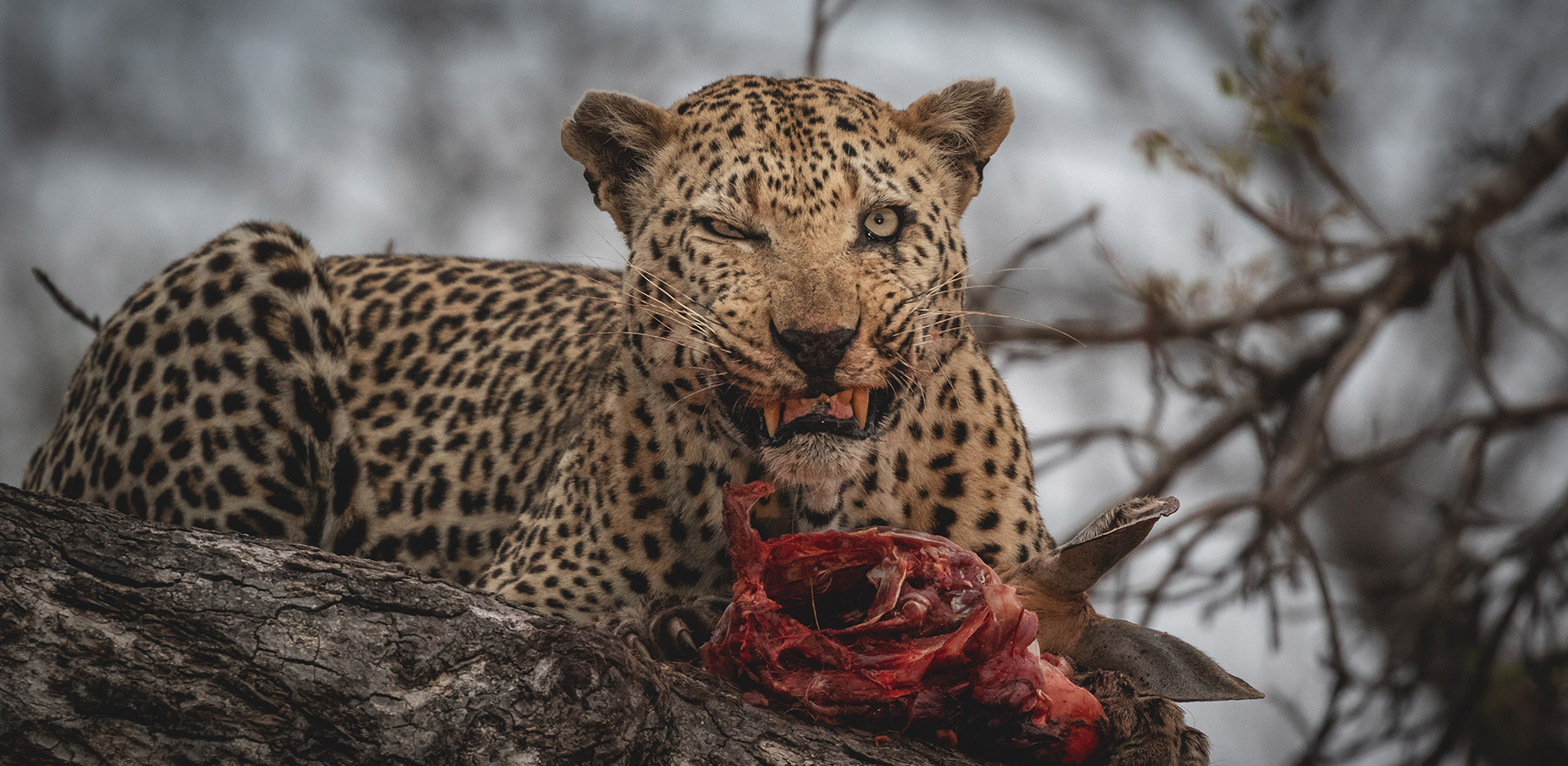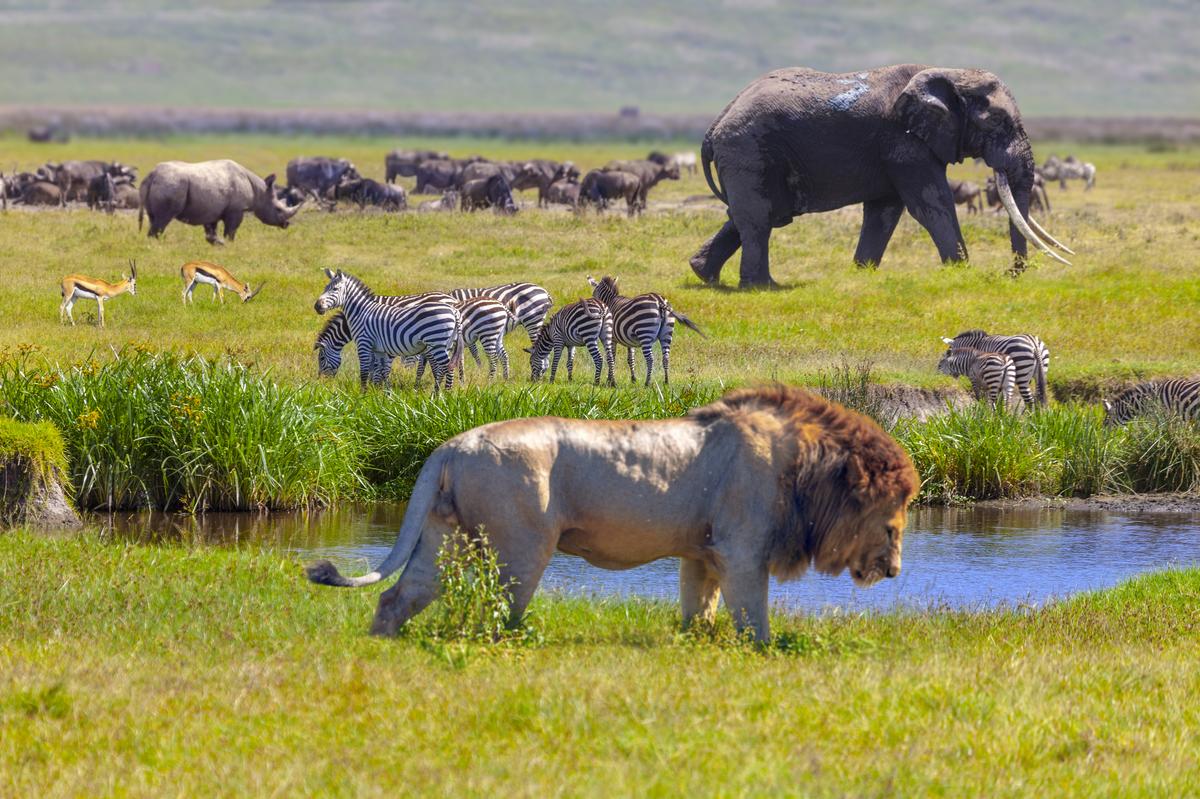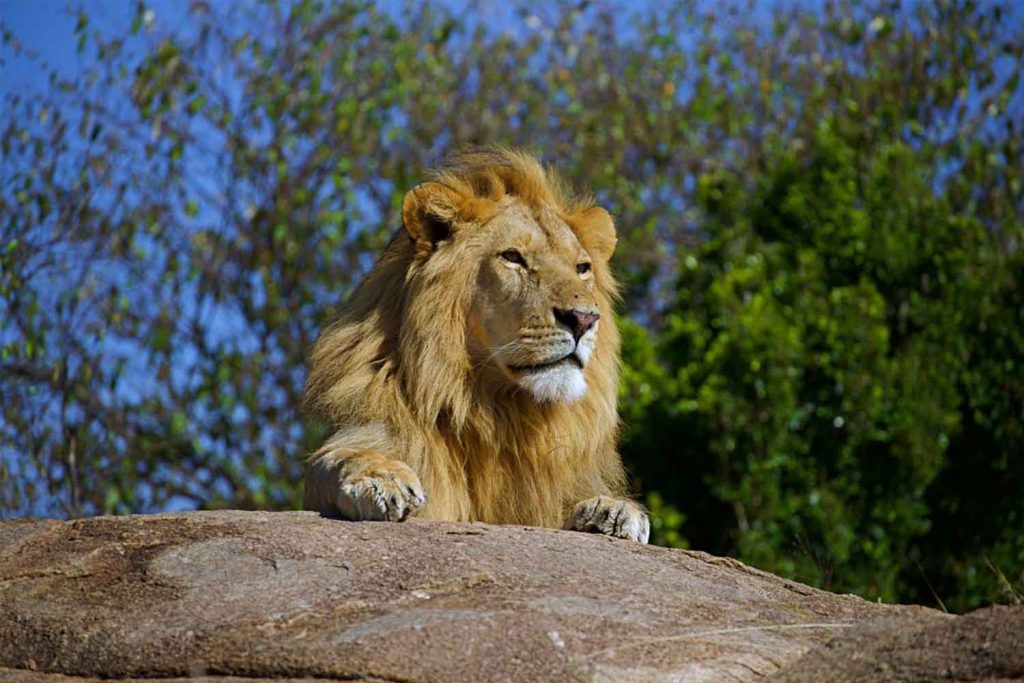- Blogs & Tips
How Many Lions Are Left in the World?
- By Team Serengeti Lions
Table of Contents
How Many Lions Are Left in the World?
The Silent Fade of Africa’s Greatest Icon
The lion is a majestic, powerful, and legendary big cat. For centuries, this mighty cat has ruled the African savanna, perceived by many humans as a symbol of courage and royalty. But beneath this glory lies a truth known to few. The king of the jungle’s population is vanishing—and faster than we imagined.
Once, lions roamed freely across Africa, the Middle East, and even parts of India. Today, they’re gone from over 90% of their historical range. That deep, echoing roar you dream of hearing on safari? It’s now rare. In places where prides once flourished, there is only silence and grass.
How Many Lions Are Left?
It may surprise you but, there are fewer lions living in the wild than you may think. There is an estimate of just about 24,000 lions left in the wild. That’s it.
To put that into perspective—there are more rhinos, more polar bears, even more giraffes than there are lions today.
Out of all these lions, over 90% of them can be only found in the sub-Saharan Africa, the rest may be found in India’s Gir Forest—the last Asiatic lions on Earth.
And the numbers are falling. In just the past two decades, lion populations have dropped by nearly half. Habitat destruction, human-wildlife conflict, illegal wildlife trade, and unsustainable hunting continue to drive this slow extinction.
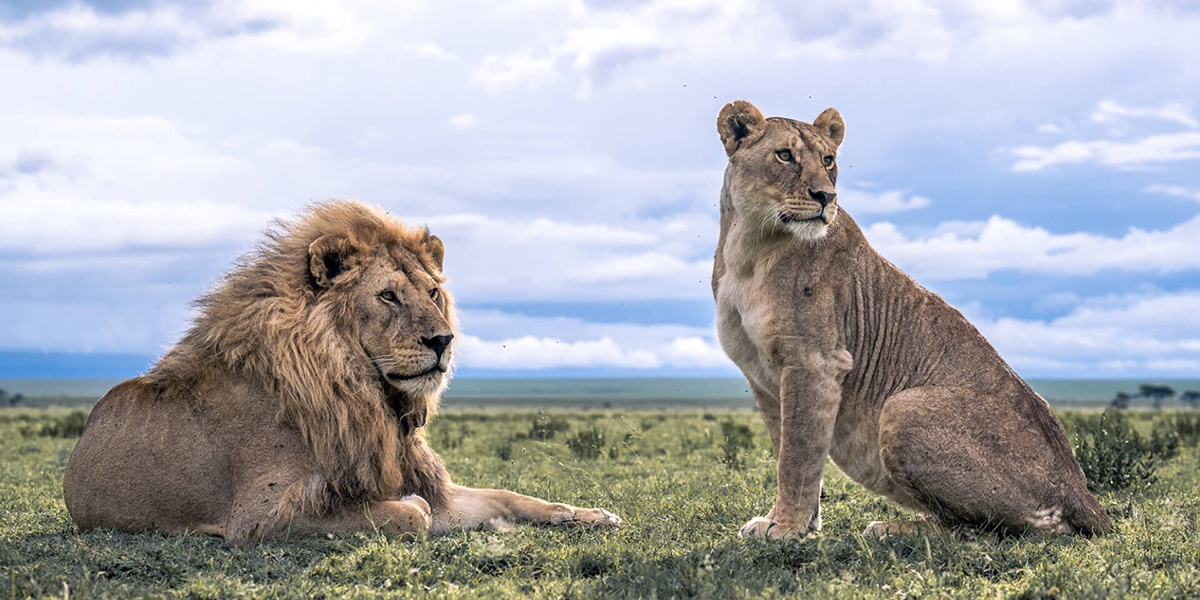
What’s Killing Africa’s Lions?
Loss of habitat: Some of human survival practices such as clearing farmland and cities leave less space for lions to roam and hunt. A lion without territory is a lion without food, shelter, or future, hence a great cause for population’s decline
Human-lion conflict: Many lions have been killed by locals for example, when lions attack cattle, retaliation is often deadly. Farmers may poison a carcass, wiping out an entire pride overnight.
Trophy hunting: Though regulated, it often removes dominant males that hold pride structure together. The consequences ripple through generations.
Illegal practices: Lions are now being killed for their bones, sold as substitutes for tiger parts in black markets across Asia.
How Many Lions Are Left in the World? Pictorial
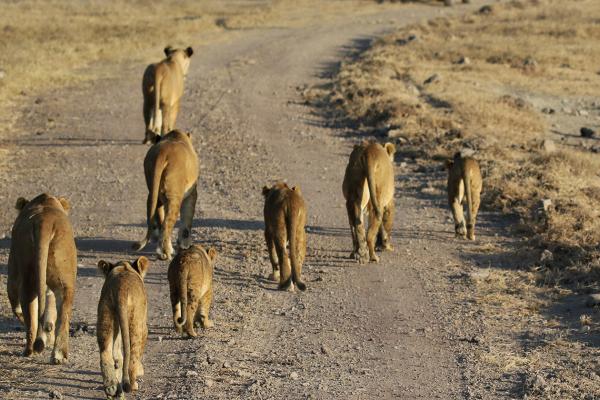
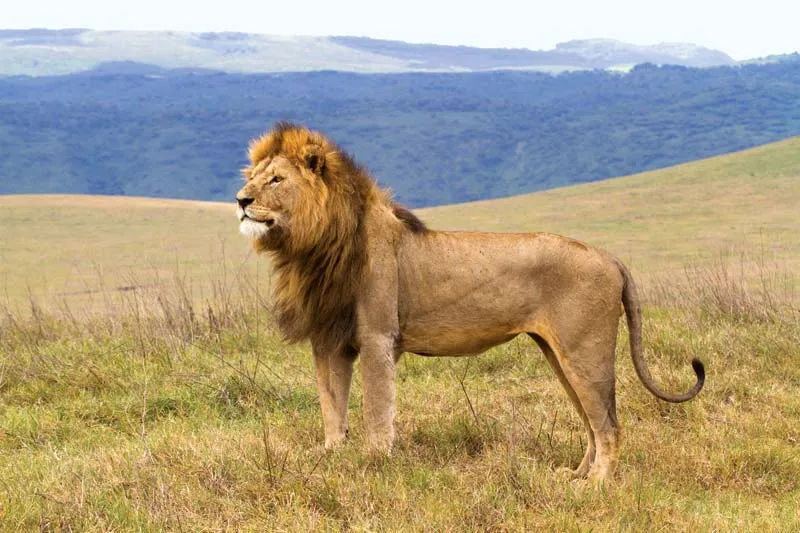
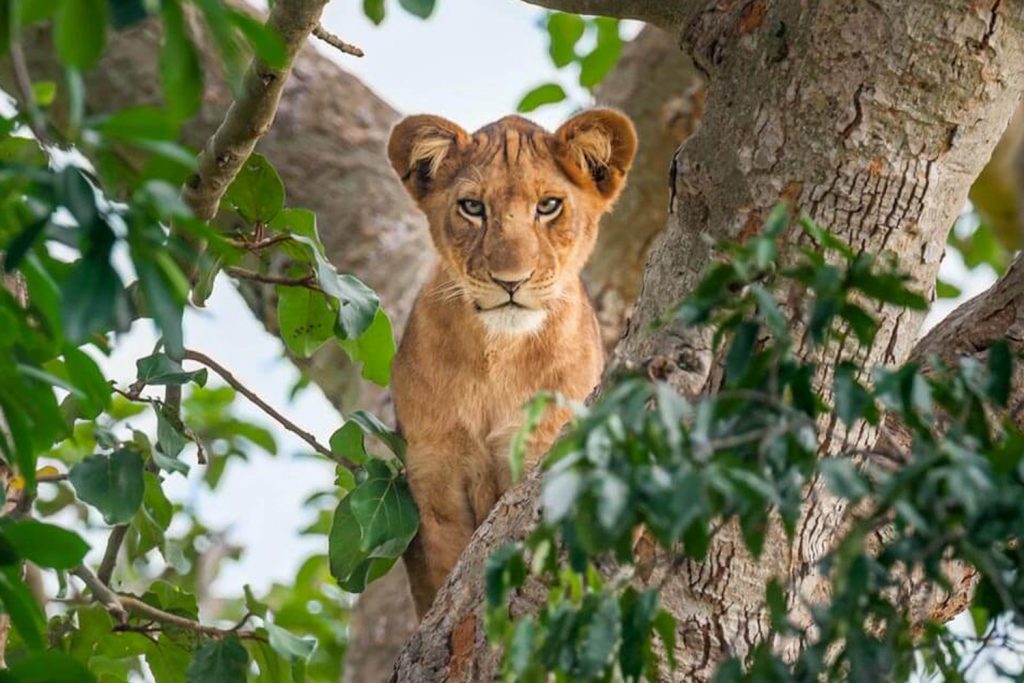
Why It Matters
Lions are not just apex predators—they’re symbols of the wild, cornerstones of African ecosystems. When they vanish, so does balance. Herbivore populations rise, vegetation suffers, and entire food chains collapse.
Tourism too takes a hit. Thousands of travelers come each year hoping to catch a glimpse of a lion in the wild. Without them, the soul of safari—gone.
But it’s not just about Africa. It’s about us. Losing lions is like losing part of our shared heritage.
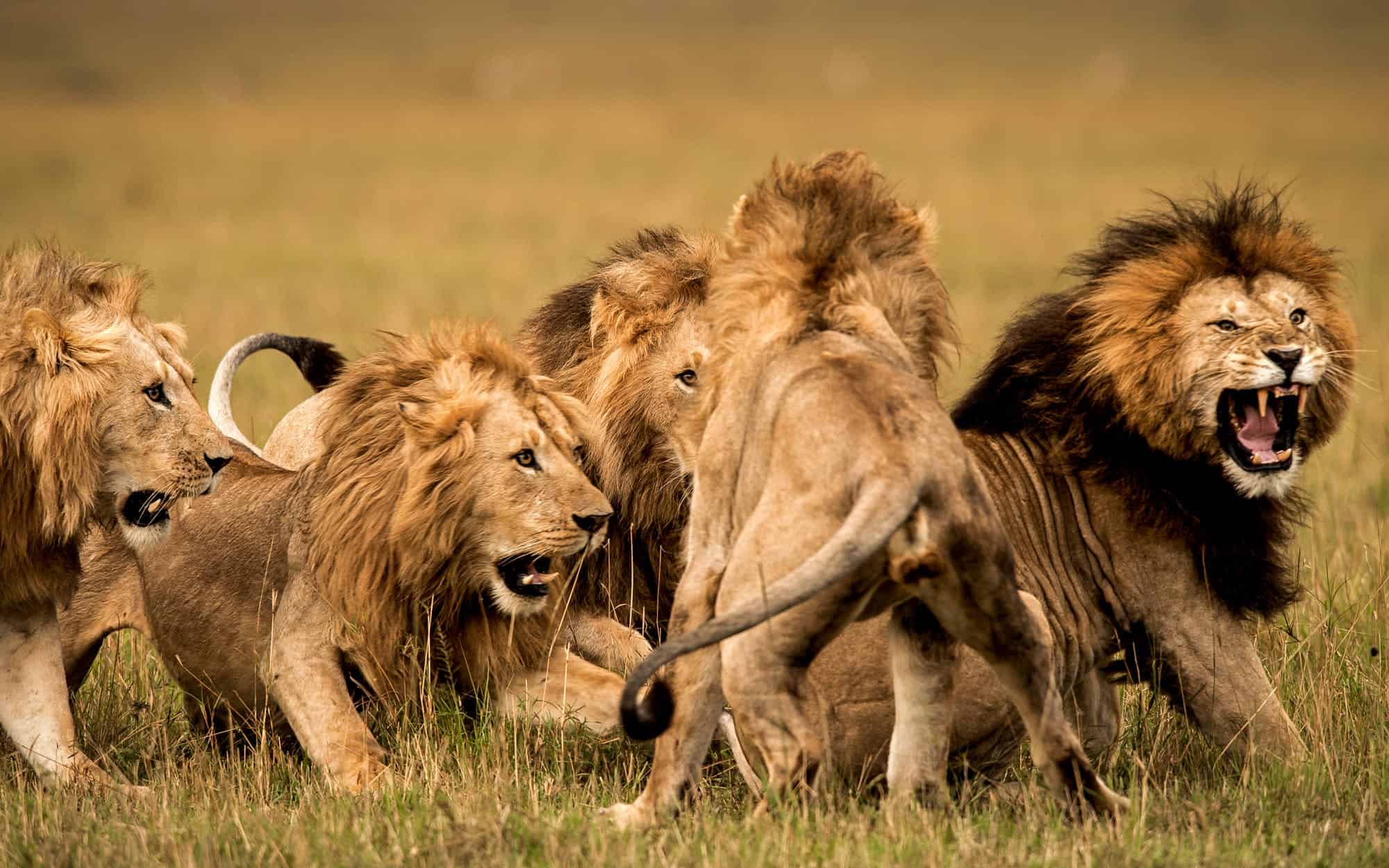
Best Places to See Lions in the Wild
If you’ve ever dreamt of watching lions, Serengeti Lions safaris is your expert to go to. We offer safaris that take you to sightsee these big cats as they lounge under an acacia tree or stalk silently through the grass, these destinations give you the best chance:
Serengeti National Park (Tanzania): Without a doubt Serengeti is one of your favorites when it comes to lions sightseeing. It’s home to one of the largest lion populations in the world. Here, lions follow the great wildebeest migration and dominate the open plains.
Masai Mara National Reserve (Kenya): Famous for its bold lions and the annual river crossing drama. The Mara prides are used to safari vehicles, so sightings are often up close and personal.
Ngorongoro Crater (Tanzania): This is an incredible place to sightsee the lions. A caldera packed with wildlife, and lions can often be seen in broad daylight, lounging or on the hunt, further more, you may sightsee lions around the Ngorongoro Ndutu plains.
Okavango Delta (Botswana): A unique wetland system where lions have adapted to hunting in water—rare and fascinating.
South Luangwa National Park (Zambia): Known for excellent walking safaris and night drives, offering a chance to witness lions’ nocturnal behavior.
Kruger National Park (South Africa): One of Africa’s oldest and best-developed parks. Well-marked roads make lion tracking easier even for self-drivers.
Suggested Packages
Lion Safari Sightseeing Tips to Make Every Sight Count
Go Early, Go Late
Lions are most active during the cooler hours—early mornings and late evenings. That’s when they hunt, move, and interact. Midday? You’ll likely find them snoozing under shade, half-buried in the grass.
Set your alarm early and embrace the chill of dawn. The reward? Golden light over the savanna and a pride on the move—paws padding softly, eyes scanning the plains. At dusk, that same pride might be trailing buffalo, readying for the night’s hunt.
Choose the Right Season
In dry season (usually June–October in East and Southern Africa), vegetation thins and water becomes scarce—concentrating prey and predators around waterholes and rivers.
That means better visibility, fewer hiding spots, and more action. In contrast, the wet season may bring lush beauty but also tall grass and scattered wildlife. If you’re here for lions, the dry season offers your best chance.
Be Patient—The Bush Moves Slow
Lions sleep up to 20 hours a day. So yes, you might find them doing absolutely nothing for hours. But wait. Don’t drive off after five minutes.
Often, what starts as a lazy sprawl turns into a yawn, a stretch, a tail flick, and suddenly, a stalk begins. Some of the most unforgettable moments on safari happen when you give nature time to unfold.
Follow the Herds
Where there are herbivores, there are predators. Lions are not picky—they hunt zebra, wildebeest, buffalo, even giraffes. During migrations or dry periods, following herds can lead you straight to the drama.
In places like the Serengeti or Masai Mara, this could mean tracking a moving buffet across endless plains. Your guide will often read the signs: vultures in the sky, animal calls, or lion tracks fresh in the dust.
Listen, Don’t Just Look
Sometimes you won’t see lions first—you’ll hear them. A distant roar, a baboon’s alarm call, or birds taking flight in panic can all signal a predator nearby.
Stay alert to the soundtrack of the savanna. The wild speaks in whispers and warnings. Let your guide interpret the bush language—it may lead you to something unforgettable.
Don’t Rush the Moment
When you finally find lions—pause. Absorb it. The golden coat, the flicking ear, the slow blink. This isn’t a zoo. This is a wild animal in its element. Real. Raw. Vulnerable.
Turn off the engine, lower your voice, and feel that strange stillness that comes when eye meets eye. The lion may do nothing… but you’ll remember it for the rest of your life.
Choose Ethical Safaris
Not all safaris are equal. Some prioritize profit over conservation. Look for operators who support wildlife protection, hire local guides, and follow park rules.
By choosing responsible travel, your presence becomes part of the solution. Your safari dollars help pay rangers, protect habitats, and fund lion conservation. You’re not just a tourist—you’re a lifeline.
Conclusion
There was a time when lions ruled from North Africa to India, roaming vast empires of grass and gold. Now, we count them in the tens of thousands—and dropping.
But they are still here. Still fighting for space in a world growing louder, smaller, and more dangerous. Still roaring into the night, even if fewer voices echo back.
You may only see one lion in your life, of course if you visit our recommendations, you have a chance to see even 50 lions. But that moment, brief as it is, connects you to something ancient and wild.
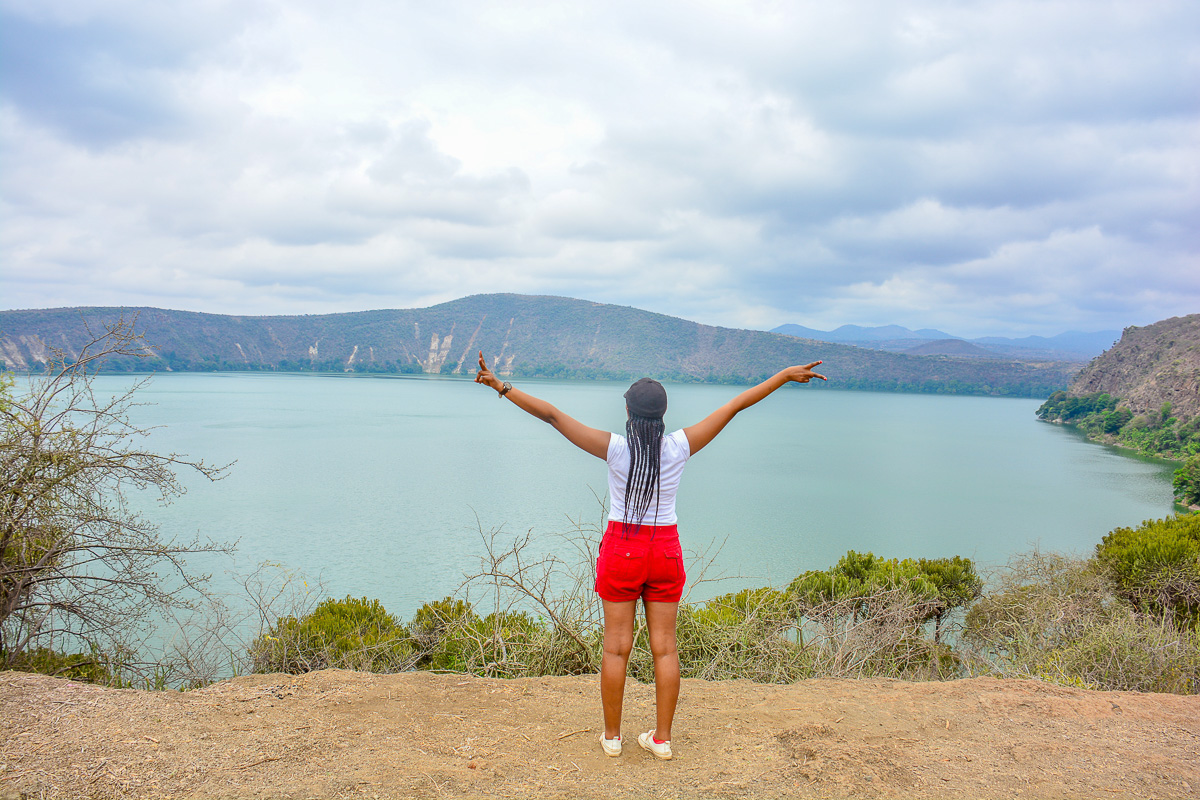
Engage an expert
Need help planning your Serengeti adventure today?
GET A QUOTE
Get a free Quote today.


